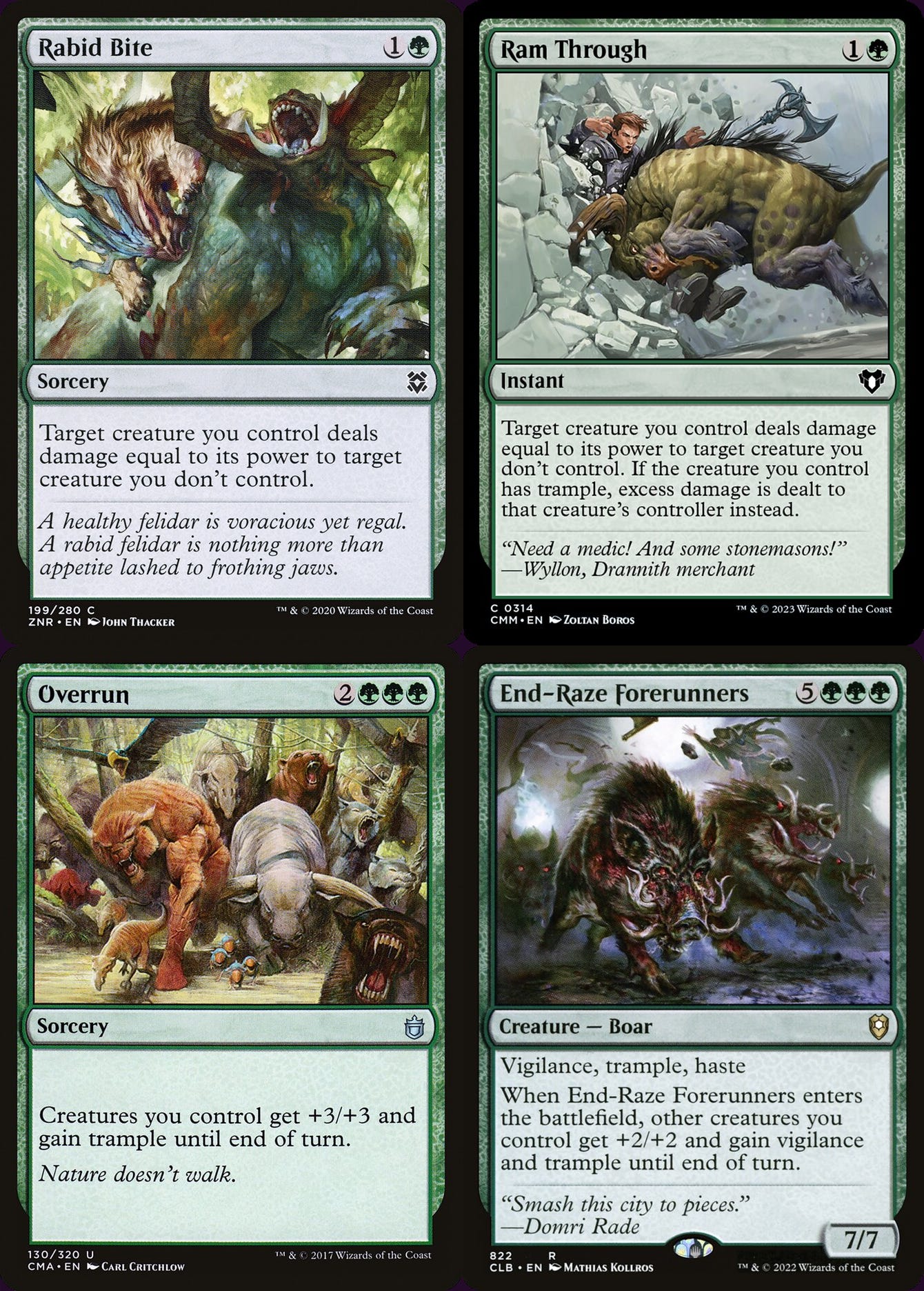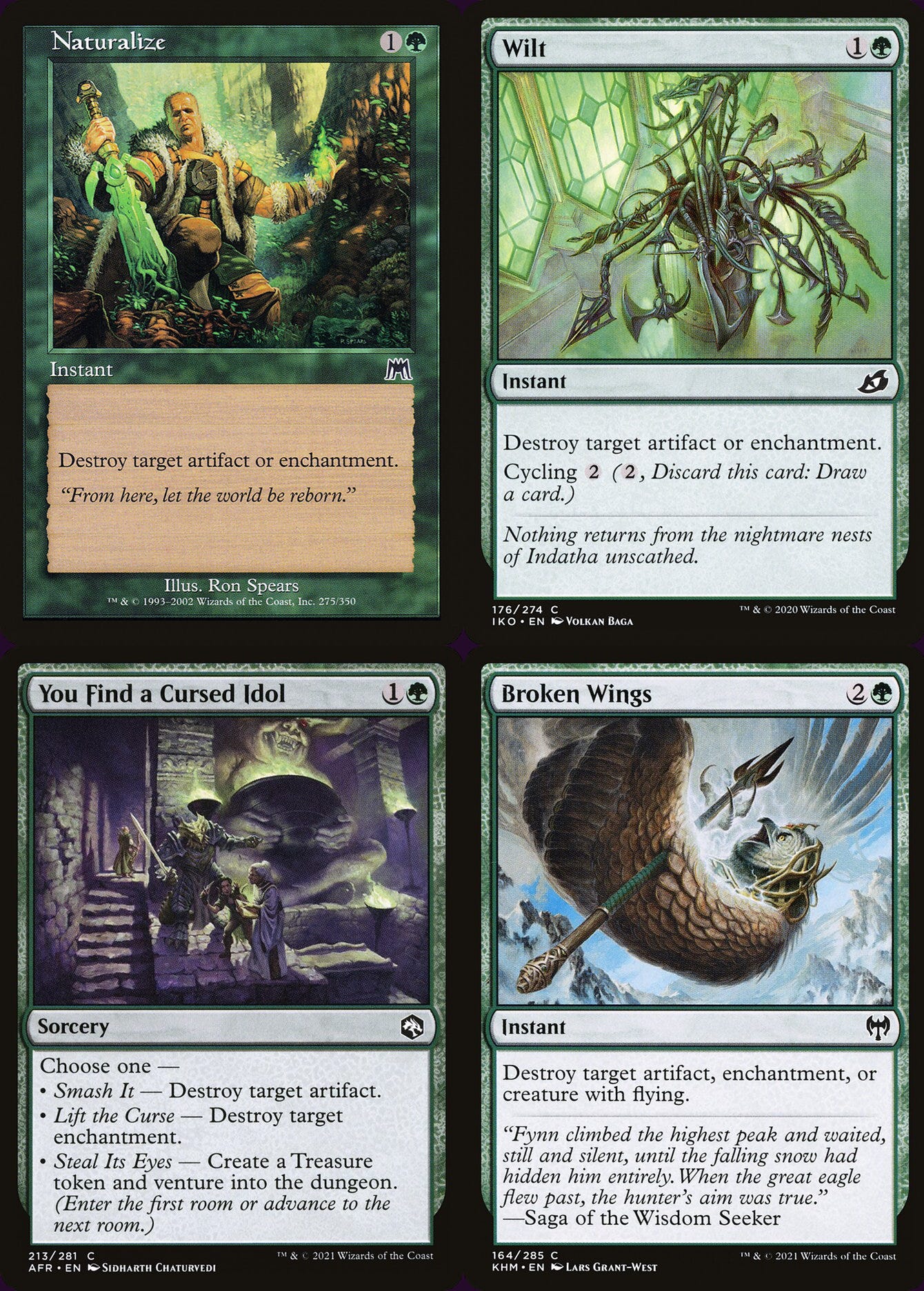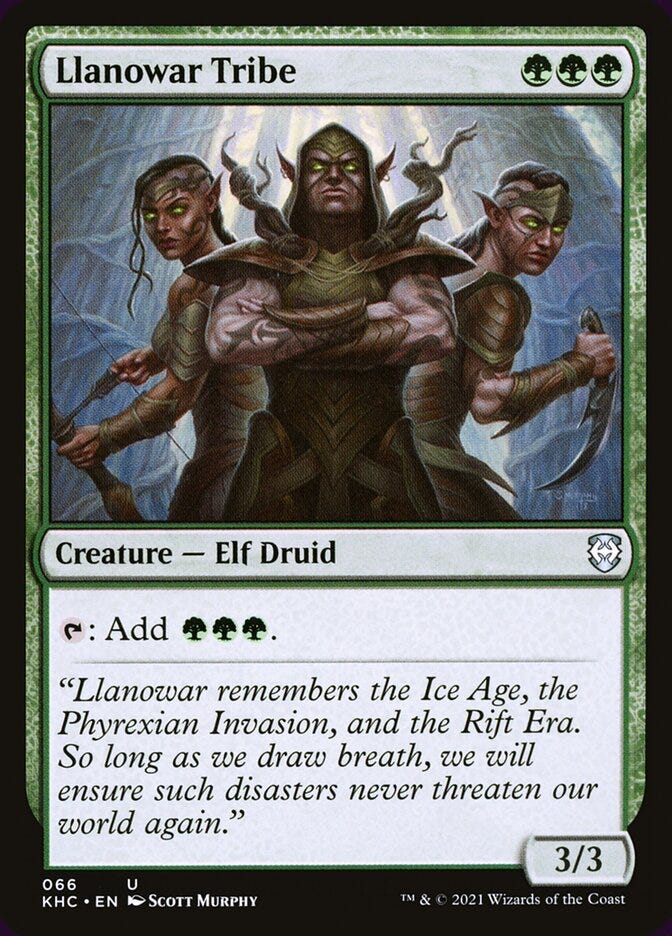The 200-level posts will begin discussing some of the intermediate concepts that aid and inform deckbuilding. Learning these will up your design game.
As long as I'm properly explaining them, that is. Use the comments to ask questions if something doesn't make sense to you.
What is Redundancy?
As a word, “redundancy” is having something that does what another thing you have does. It might do that same job differently, it might do it the same way, but both of those things will get the job done.
One way to think of it is with screwdrivers. Generally, a flat head screwdriver with an appropriately sized head can perform the same tasks that a Philips head can, because the flat tip can fit in two of the four points on the head of the screw and still turn it. It might not be as effective, but lots of simple Philips head jobs can be handled by a flat head.
How this applies to Magic comes in two equally important skills. For one, reading a card to figure out what it does. And the other, understanding what kinds of tasks it can perform for you.
Let's compare a few G cards to work at these twin ideas.
Returning to Nature
G is particularly good at removing both artifacts and enchantments from the board. Naturalize is a core card from the yesteryears that isn't used as much any more, but which is still very effective at getting that job done. Two mana for instant-speed removal is good.
Wilt, from Ikoria: Lair of Behemoths, is a strictly better Naturalize. The ability to cycle the card, say if you don't need it now but could really use another card, improves on the original. Wilt is Naturalize+ because it does the same job and helps you in another way.
You Find a Cursed Idol, from Adventures in the Forgotten Realms, is a slower Naturalize. As a sorcery, it can only be cast on your turn. However, you can still use it to do something other than destroy an enchantment or artifact. Treasure tokens are always very useful, and the set's dungeon mechanic provides an added benefit (you'll have to read up on “enter the dungeon" to see how, it's beyond the scope of this post). You trade away some speed for the ability to boost your mana temporarily and then some.
Broken Wings, originally from Zendikar Rising and then reprinted in the next several sets, keeps the speed that Naturalize has but adds another potential target -- flying creatures. It costs 1 more to use, but offers some added versatility that isn't in Naturalize's bailiwick.
All four of these cards can do the job of “get rid of that artifact/enchantment before it ends the game on me". The three subsequent cards all add something that the original doesn't have. If you felt that you needed, say, six Naturalizes in your 60-card deck, then you could put in two each of Wilt and You Find a Cursed Idol, then take these Broken Wings for good measure.
This would give your deck redundancy. You're able to handle the threat presented by artifacts and enchantments more effectively by using any of these. You Find a Cursed Idol, Wilt, and Broken Wings each provide some additional versatility that the others don't possess while still doing the core job of Naturalize.
The Many Friends of Llanowar
Llanowar Elves is a favorite card in Magic, doing the job of early game mana ramp since the earliest days. Printed in nearly every core set from Alpha's release through 2012, it's probably been involved in at least one deck design for 80% of consistent Magic players. Magic players have a secret courtship ritual where they will make a bouquet of different Llanowar Elves and present it when asking their beloved to marry them (don't actually do this). What I'm saying is it's foundationally important to Magic.
2014’s core set saw the release of Elvish Mystic, which had the same mana cost, super and subtypes, power and toughness, and ability. The name is different, that's all. Crucially, this means you can de facto carry up to eight Llanowar Elves in your deck by running a playset of each, which perfectly illustrates redundancy by itself. Let's go further still and detail other ways to get redundancy here.
Firstly, there's Fyndhorn Elves, first released in Ice Age before waiting (more or less) until Commander Legends for a reprint. It is another Llanowar Elves with the name plate filed off. We’re not at eight anymore, make that Llanowar Twelves.
Joraga Treespeaker is a variant that uses the level-up mechanic from Rise of the Eldrazi to offer up lots more power if you're willing to sink in the mana (and can keep it alive). It starts with no mana generation, but can be boosted up to giving you GG and even confer that ability to all of your elves once leveled all the way up.
Llanowar Mentor comes from Future Sight, in one of my favorite blocks, Time Spiral. Make your own Llanowar Elves tokens and have as many as you want! For a specific kind of deck that wants cards in its graveyard, Llanowar Mentor makes the most sense of the five. Using all five makes it fives times more likely that you will draw a card that does the early game G mana ramp job for you.
Still want more?
There's plenty of options for someone in the market for some early game G mana ramp. Let's fashion a rough draft for a deck that takes most of these cards into account. If you make this, let me know how it goes for you and how you tweaked the design to make it better for you.
(G) Panic at the Card Shoppe
MAINBOARD Creatures (26) 4 Joraga Treespeaker 4 Llanowar Elves 4 Llanowar Mentor 4 Llanowar Tribe 4 End-Raze Forerunners 3 Artisan of Kozilek 3 Decimator of the Provinces Instants (5) 3 Vitalize 2 Wilt Sorceries (8) 3 Harmonize 3 Shamanic Revelation 2 Overrun Lands (21) 21 Forest SIDEBOARD 4 Wild Shape 3 Ram Through 2 You Find a Cursed Idol 3 Broken Wings 3 Iron-Craw Crusher PREDICTED COST: $33

This is a pretty straightforward mono-G stomper. It has no frills, though it does have tricks. But, let's talk more about redundancy and how it benefits a deck.
First, Ram Through versus Rabid Bite. Rabid Bite is a classic G card that utilizes one of the color's greatest strengths, big creatures, to remove a threat without taking damage in return (like when creatures fight, for example). Ram Through is another common card that is strictly better than the card that it mimes, by dint of putting trample onto your damage source until end of turn.
You can remove a blocker with either card, but Ram Through allows you to attack with a trampler and potentially deal damage directly while deleting another blocker. I don’t think having both Rabid Bite and Ram Through is necessary here, but you might and want to employ both cards to improve your chances of getting a card that does the delete blocker job when you need it.
Sub-Lesson: Stompy Stomp
Trample is a very effective mechanic, and G loves it. But, it can be confusing for inexperienced players, so let's go over it in brief and chat real quick about referencing Magic rules.
It's a tabletop game that arose among nerds, of course there's rules referencing.
The trample mechanic is covered under section 702.19 of the Comprehensive Rules, and 702.19b details how trample works. I'll be the second to tell you that you are not supposed to read these front to back. Wizards does it first, saying right at that link that you are supposed to look things up as and when you need to. Read over just the Basic Rules, and you're good.
Trample: "Trample is a static ability that modifies the rules for assigning an attacking creature's combat damage." -- Rule 702.19a "The controller of an attacking creature with trample first assigns damage to the creature(s) blocking it. Once all those blocking creatures are assigned lethal damage, any excess damage is assigned as its controller chooses among those blocking creatures and the player, planeswalker, or battle the creature is attacking. [...]" -- 702.19b
A “static ability" is one that is always in effect (and not necessarily one that can’t be removed or put on a timer, i.e. “until end of turn”). The attacking creature first deals damage to the creature (or creatures) blocking it. If it deals lethal damage across all blockers, then the remaining damage zoops on to whatever the trampler was attacking. Otherwise, it goes into the blockers not dealt lethal damage. A creature with trample and deathtouch deals lethal damage with just 1 damage, after which the blocker’s remaining toughness is ignored (even if it has indestructible).
Trample is thus pretty dang good for stompy decks, which want to make big creatures they can throw at their opponents (this is sometimes called “going tall”). It's why Ram Through is a strictly better version of Rabid Bite.
It's also why the deck features several creatures with trample natively, and other cards that give trample temporarily. Overrun is a classic G card that has been used in deck after deck to simultaneously make creatures bigger and make their damage break through an opponent's defenses. Meanwhile, End-Raze Forerunners grants a slightly smaller Overrun when it enters the battlefield, letting you use it here to send your Llanowar army at somebody's face. But, the Forerunners' EtB effect also gives your creatures vigilance, so they can stay untapped and thus block next turn or provide mana if needed.
Rad.




